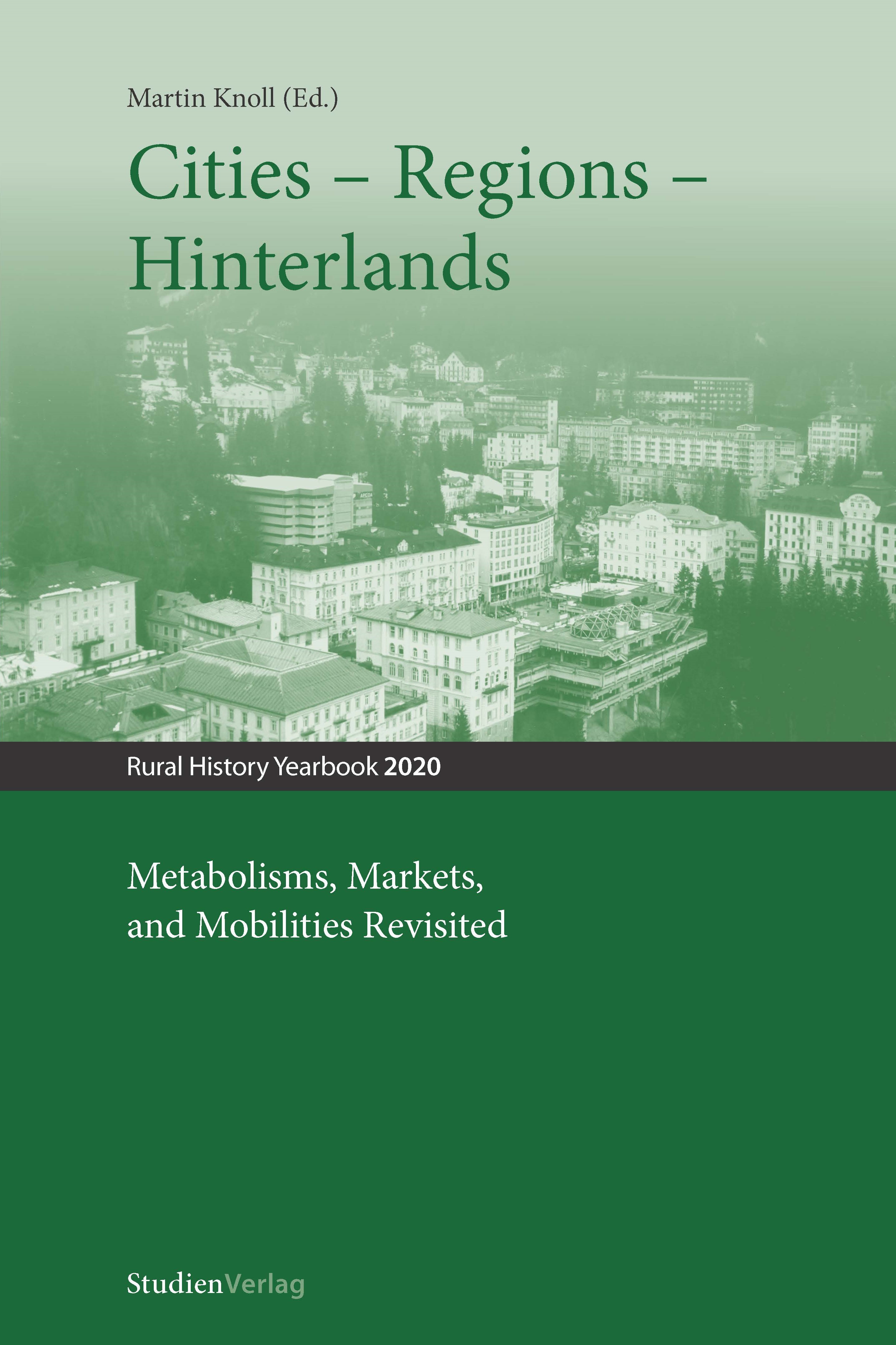Water Use and the Making of a New Socio-Natural Landscape
Rome and Its Surroundings at the Turn of the Twentieth Century
DOI:
https://doi.org/10.25365/rhy-2020-4%20Keywords:
irrigation, land settlement, hydroelectricity, beauty of nature, hinterlands, conflictsAbstract
In the last decades of the nineteenth century, Rome was in a phase of transformation. In order to assume the role of cultural and political capital of the Kingdom of Italy, the city underwent a process of new urban infrastructure construction and demographic expansion. Rome’s demand for water increased as a result of this process, and measures initiated by the state, the urban authorities, and private sector agents consequently began to concentrate water resources from the city’s surroundings. The three main aims of these measures were to irrigate the countryside, to increase the quantity, quality, and coverage of the drinking water supply, and to meet the growing energy needs of the city. However, the social struggle about access to, distribution of, and use of the resource influenced the realisation of infrastructures and the utilization of water. As a result, the physical features and social role of the traditional landscape of Rome and its vast countryside began to change – in short, the area surrounding Rome underwent a process of urbanisation. Although such urbanisation was experienced by many European cities at the turn of the twentieth century, the case of Rome may shed light on how multifarious and sometimes contradictory the phenomenon was.


